


Rosacea is a chronic skin condition that primarily affects the face, causing persistent redness, visible blood vessels, and sometimes small, pus-filled bumps. It typically appears in cycles, with periods of flare-ups followed by remission. While rosacea most commonly affects the cheeks, nose, chin, and forehead, it can also irritate the eyes and thicken the skin, particularly around the nose. The condition is more prevalent in fair-skinned individuals, women, and those between the ages of 30 and 60, though it may affect anyone. Nearly 16 million Americans currently have rosacea. While the exact cause remains unknown, it is believed to involve genetic and environmental factors affecting blood vessels and the immune system.


This condition presents with red bumps and pus-filled pimples, resembling acne but without blackheads or whiteheads. It often occurs alongside facial redness and may occasionally flare up. This type is commonly seen in middle-aged women and can be more severe without proper management.
Phymatous rosacea causes skin thickening and an uneven texture. It often affects the nose (rhinophyma) and other facial areas. Without treatment, the skin may become bulbous and disfigured over time. This type is more commonly seen in men and tends to develop in advanced stages of rosacea.
Erythematotelangiectatic Rosacea (ETR)
Papulopustular Rosacea
Phymatous Rosacea
Ocular Rosacea

The treatment begins with a rosacea consultation. During this appointment, our healthcare provider reviews the patient’s medical history and evaluates the severity of their symptoms. This helps determine the most appropriate treatment plan, including laser procedures, topical creams, oral medications, or lifestyle changes. We also discuss potential triggers that could worsen symptoms, such as certain foods, weather conditions, or stress. Diagnostic tests may also be performed to rule out other skin conditions.
Additionally, patients are advised to avoid harsh skincare products or procedures that could irritate the skin. Preparing for rosacea treatment also involves setting realistic expectations about the timeline for improvement and the importance of ongoing management.

Depending on the symptoms of rosacea, various medications can be prescribed. Topical treatments like metronidazole, azelaic acid, and ivermectin creams help reduce inflammation and redness. For more severe cases, oral antibiotics (e.g., doxycycline or minocycline) may be prescribed to combat swelling and reduce the number of bumps and pimples. Brimonidine and oxymetazoline can constrict blood vessels, temporarily relieving facial redness. In cases where persistent flushing is a primary concern, our healthcare provider may prescribe beta-blockers or other medications.
Pulsed dye laser (PDL) and intense pulsed light (IPL) therapies are popular treatments for rosacea because they can reduce redness. These procedures target the enlarged blood vessels with concentrated beams of light, which cause them to collapse and be reabsorbed by the body. Multiple sessions are typically required for optimal results. The treatment is usually painless, but some patients experience itching or mild discomfort. Different types of lasers may be used depending on the specific symptoms, with PDL being particularly effective for visible blood vessels and IPL addressing overall redness and skin texture.
Making appropriate lifestyle modifications is crucial in managing rosacea symptoms. This involves identifying and avoiding personal triggers that cause flare-ups (e.g., spicy foods, alcohol, extreme temperatures, and certain skincare products). Protecting the skin with a broad-spectrum sunscreen daily is essential, as sun exposure is a significant factor for many people. Using gentle, non-irritating skincare products and avoiding harsh scrubs or exfoliants can help maintain skin barrier function. Stress management techniques may also be beneficial, as emotional swings might trigger flare-ups. Additionally, keeping a food diary can help identify dietary triggers.
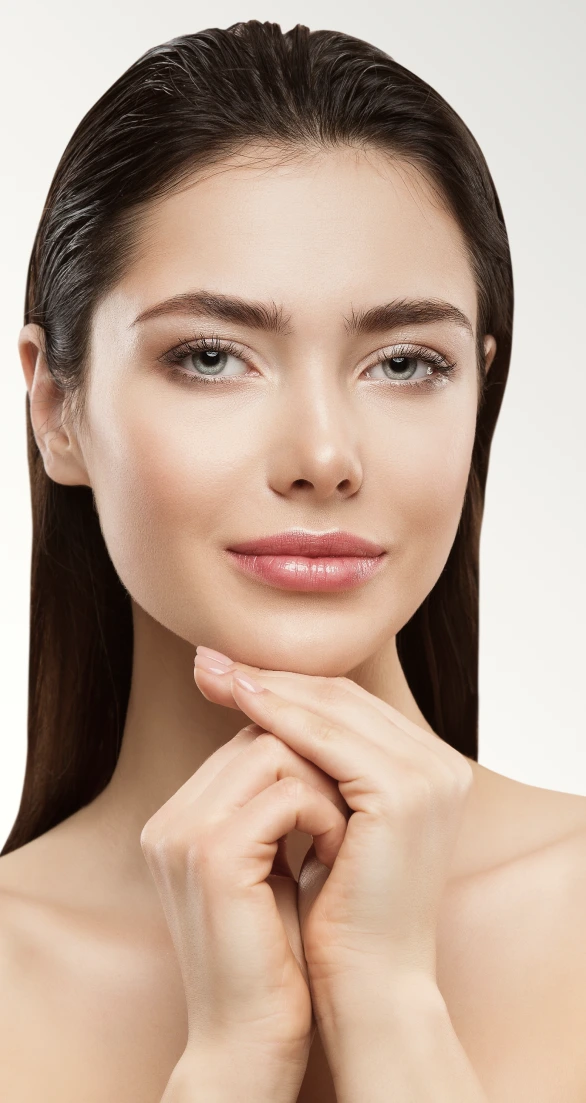



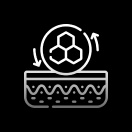
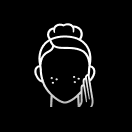





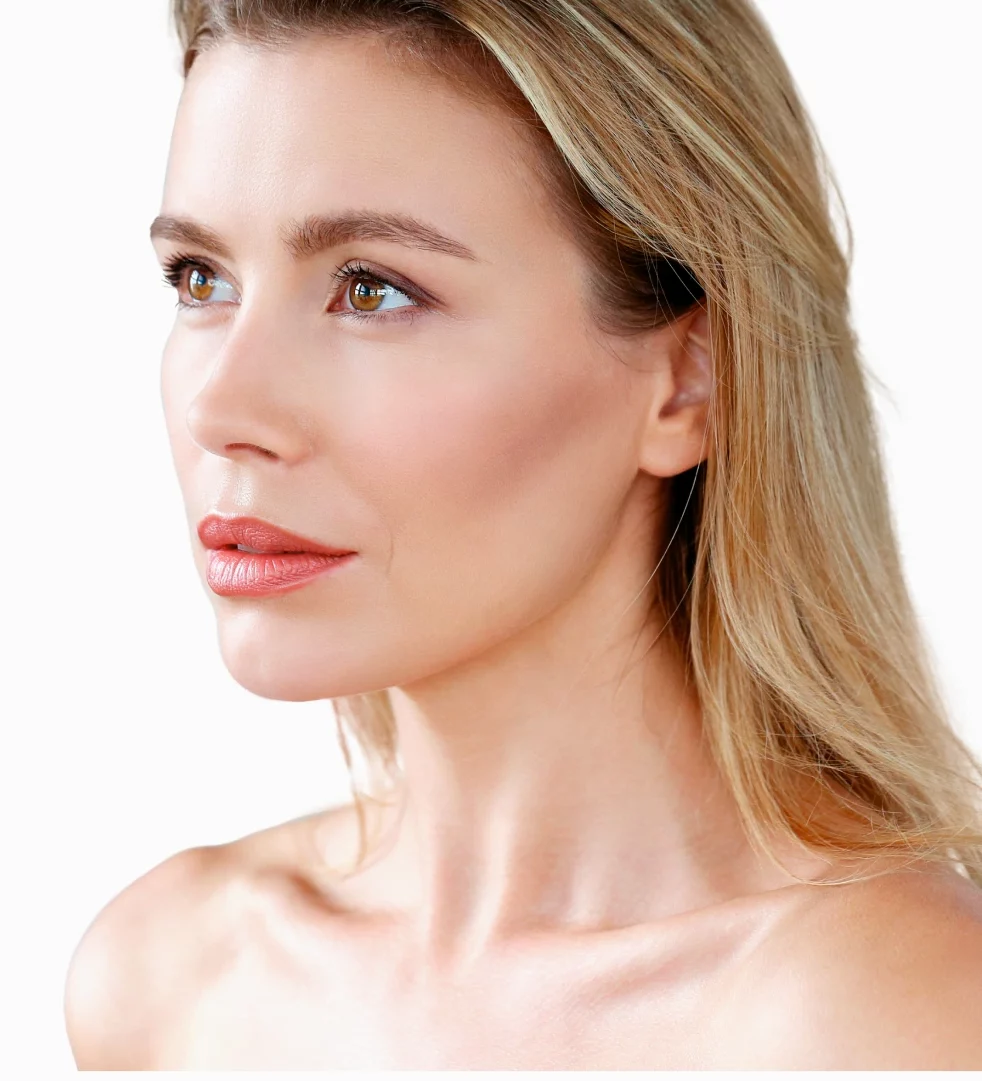
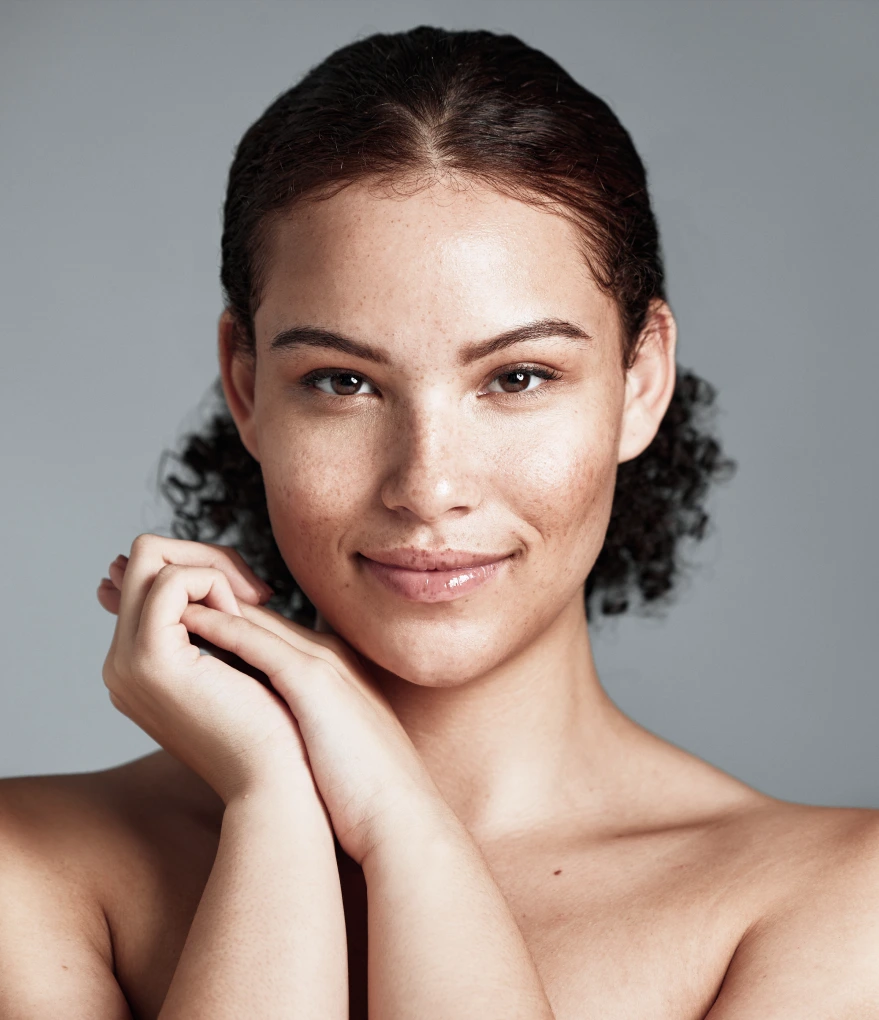


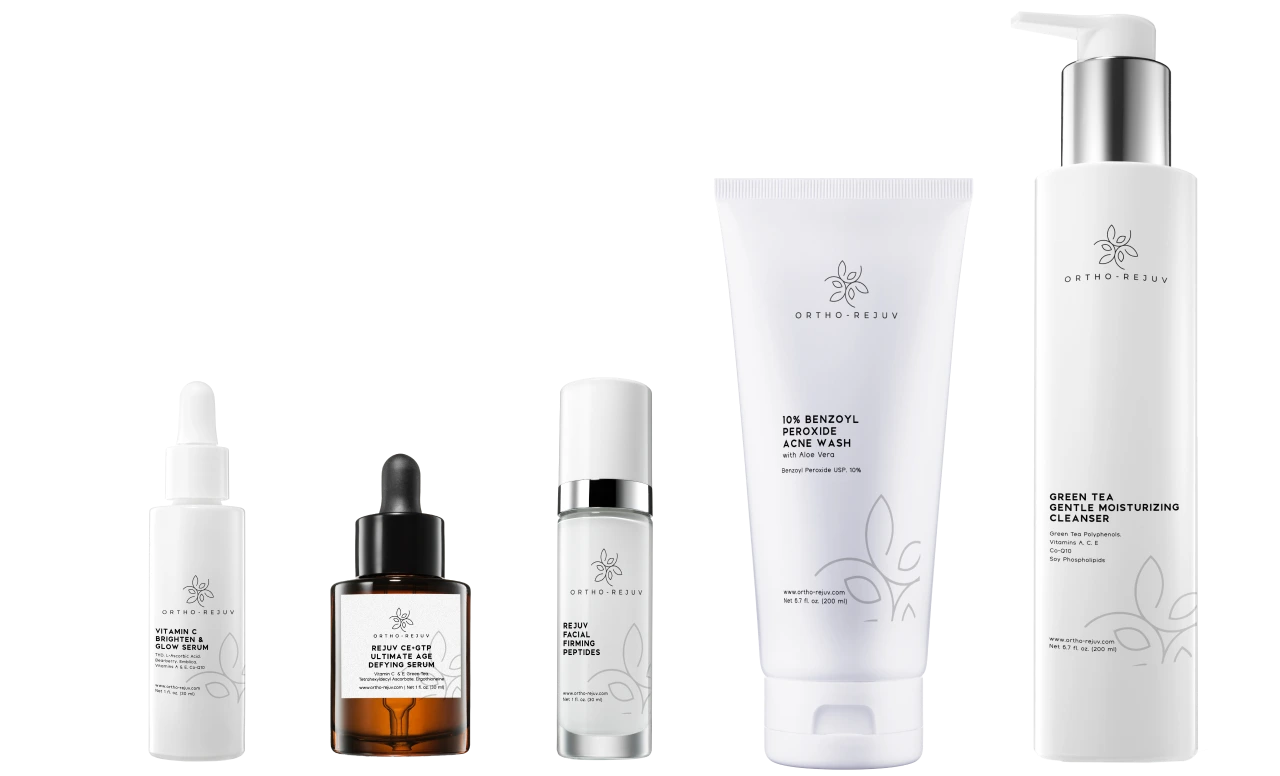
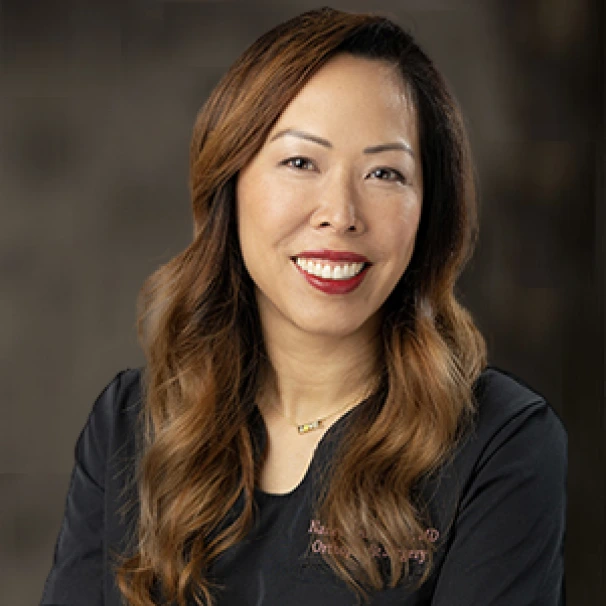
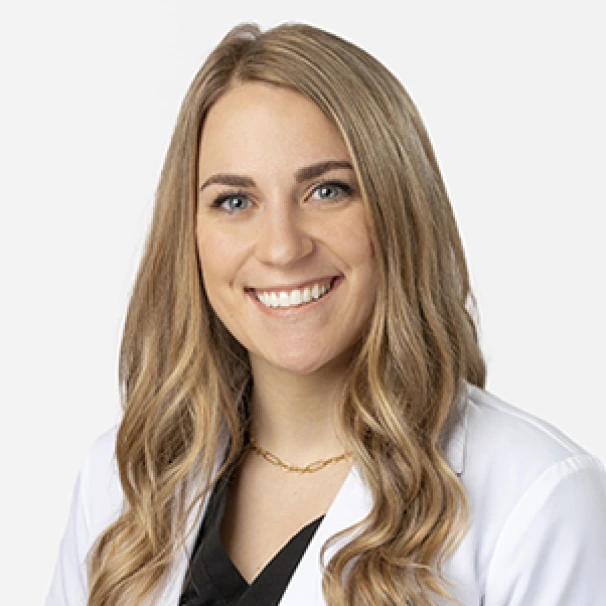

Dr. Natalie Mesnier, the driving force behind Ortho-Rejuv, stands at the forefront of aesthetic innovation. With a rich background in the aesthetic realm, she is notably skilled in anti-aging laser therapies, skin revitalization, and the meticulous use of injectables and fillers. Alongside her certifications in advanced aesthetic procedures, including PRP and neuromodulator applications, Dr. Mesnier’s mission is singular: to empower patients to experience and radiate their utmost beauty and confidence.